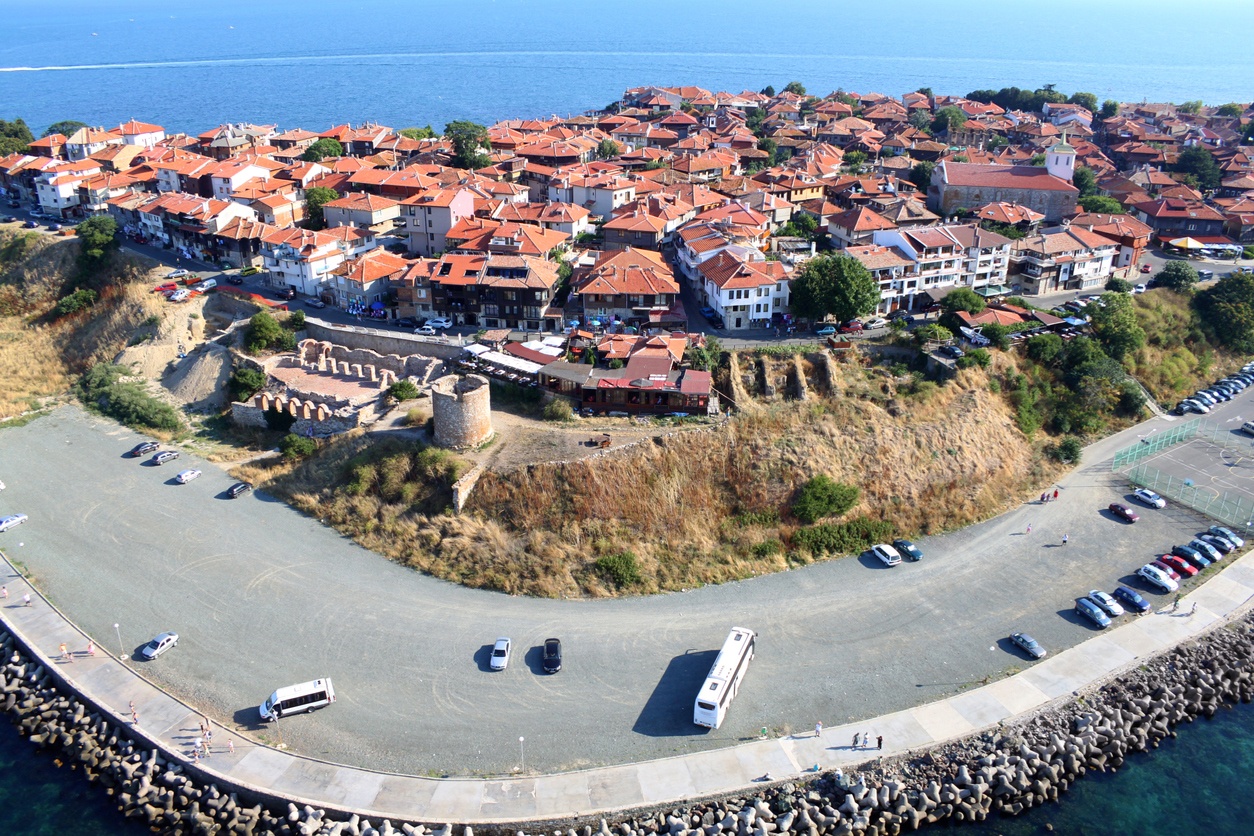
Ancient city of Nessebar (Bulgaria)
Located on a rocky peninsula in the Black Sea, the site of Nessebar, more than 3,000 years old, was originally a Thracian settlement (Menebria). In the early 6th century BC, the city became a Greek colony. The remains of the city, dating mostly from the Hellenistic period, include the acropolis, a temple of Apollo, an agora and a wall of Thracian fortifications. Among other monuments, the basilica of Stara Mitropolia and the fortress date from the Middle Ages, when it was one of the most important Byzantine cities on the western Black Sea coast. The wooden houses built in the 19th century are typical of the Black Sea architecture of the time.
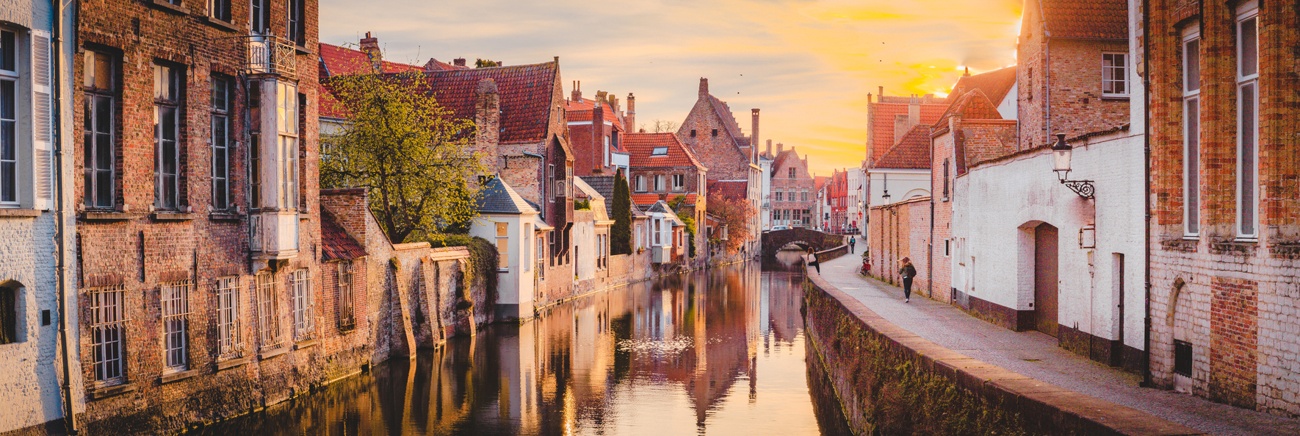
Historic center of Bruges (Belgium)
Bruges is an exceptional example of a historic medieval settlement, which has maintained its historic fabric as it has evolved over the centuries, and where the original Gothic buildings are part of the city’s identity. As one of the commercial and cultural capitals of Europe, Bruges developed cultural links with different parts of the world. It is closely linked to the Flemish school of primitive painting.
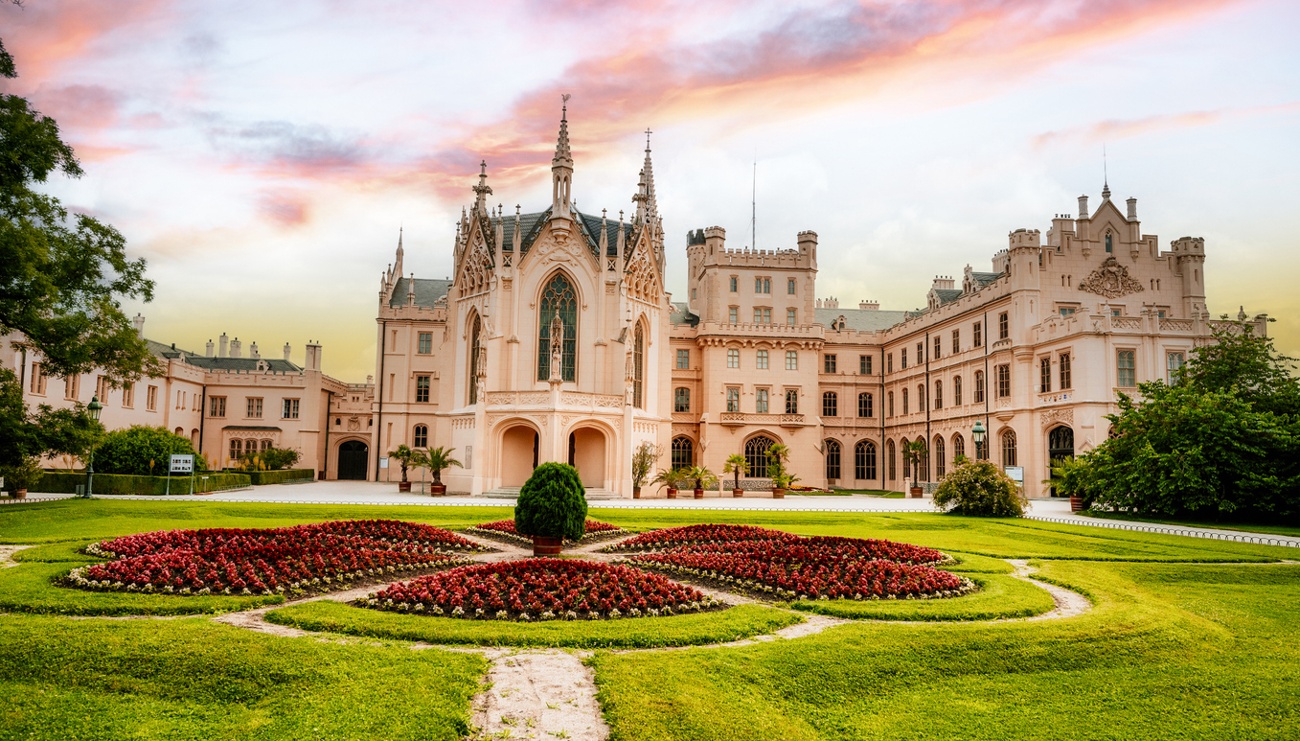
Cultural landscape of Lednice-Valtice (Czech Republic)
Between the 17th and 20th centuries, the ruling dukes of Liechtenstein transformed their southern Moravian domains into an astonishing landscape. Baroque architecture (mainly the work of Johann Bernhard Fischer von Erlach) and the classical and neo-Gothic style of the castles of Lednice and Valtice were combined with a landscape designed according to English Romantic principles of landscape architecture. With 200 km2 , it is one of the largest artificial landscapes in Europe.
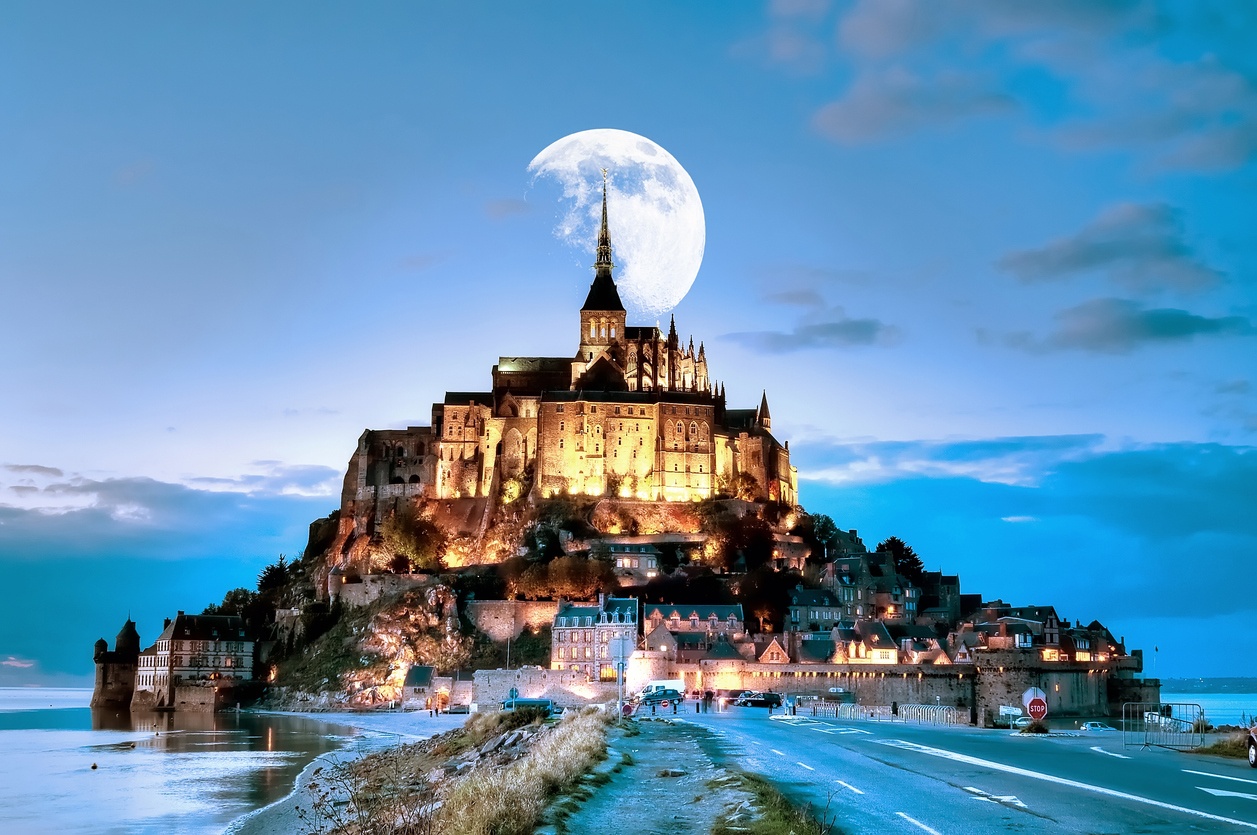
Mont Saint-Michel and its bay (France)
On a rocky islet, in the middle of vast sandbanks exposed to powerful tides between Normandy and Brittany, stands the «Wonder of the West», a Gothic-style Benedictine abbey dedicated to the archangel St. Michael, and the village that grew up in the shadow of its great ramparts. Built between the 11th and 16th centuries, the abbey is a technical and artistic prodigy that had to adapt to the problems posed by this unique natural site.
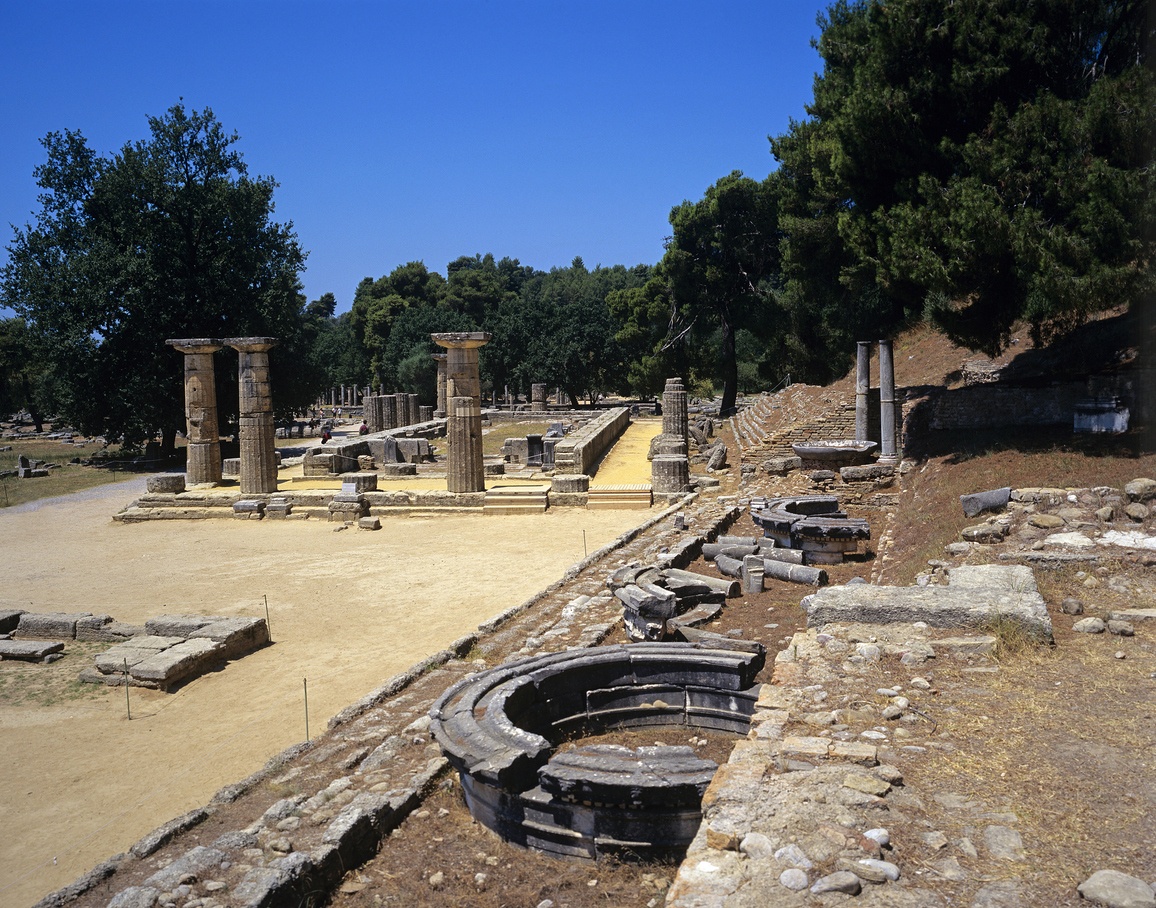
Archaeological site of Olympia (Greece)
The site of Olympia, in a valley of the Peloponnese, has been inhabited since prehistoric times. In the 10th century BC, Olympia became a center for the cult of Zeus. The Altis – the sanctuary to the gods – has one of the largest concentrations of masterpieces of the ancient Greek world. In addition to the temples, there are remains of all the sporting structures erected for the Olympic Games, which were held in Olympia every four years beginning in 776 BC.
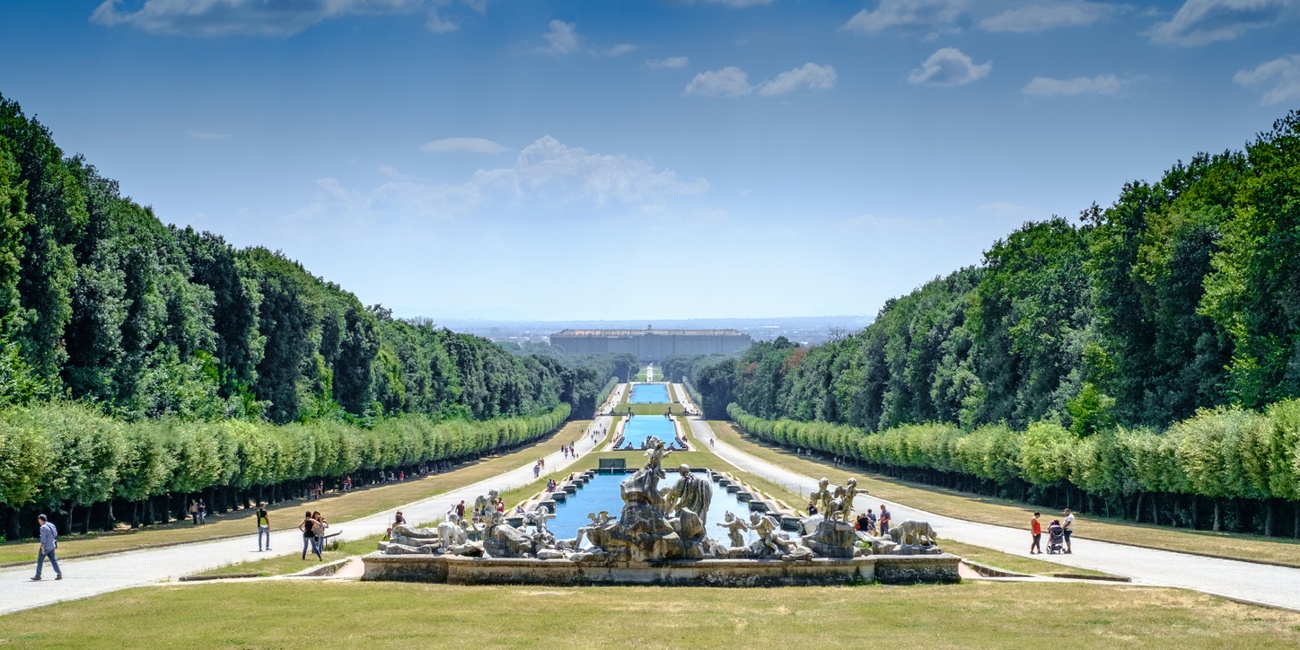
18th century royal palace of Caserta with the park, the Vanvitelli aqueduct and the complex of San Leucio (Italy)
The monumental complex of Caserta, created by the Bourbon King Charles III in the mid-18th century to rival Versailles and the Royal Palace in Madrid, is exceptional in the way it brings together a magnificent palace with its park and gardens, as well as natural woods, hunting lodges and a silk factory. It is an eloquent material expression of the Enlightenment, integrated into its natural surroundings rather than imposing itself on them.
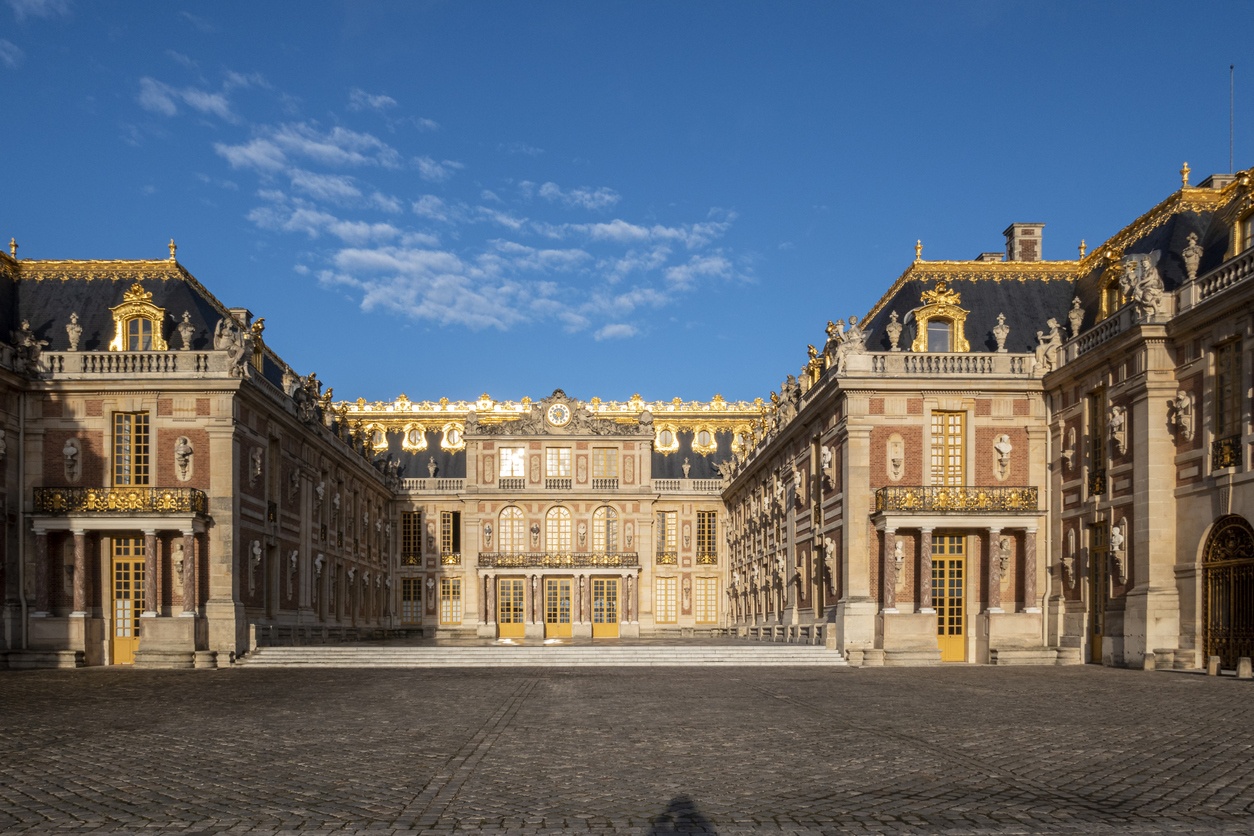
Palace and Park of Versailles (France)
The Palace of Versailles was the main residence of the French kings from the time of Louis XIV to that of Louis XVI. Embellished by several generations of architects, sculptors, decorators and landscape designers, it provided Europe with a model of the ideal royal residence for more than a century.
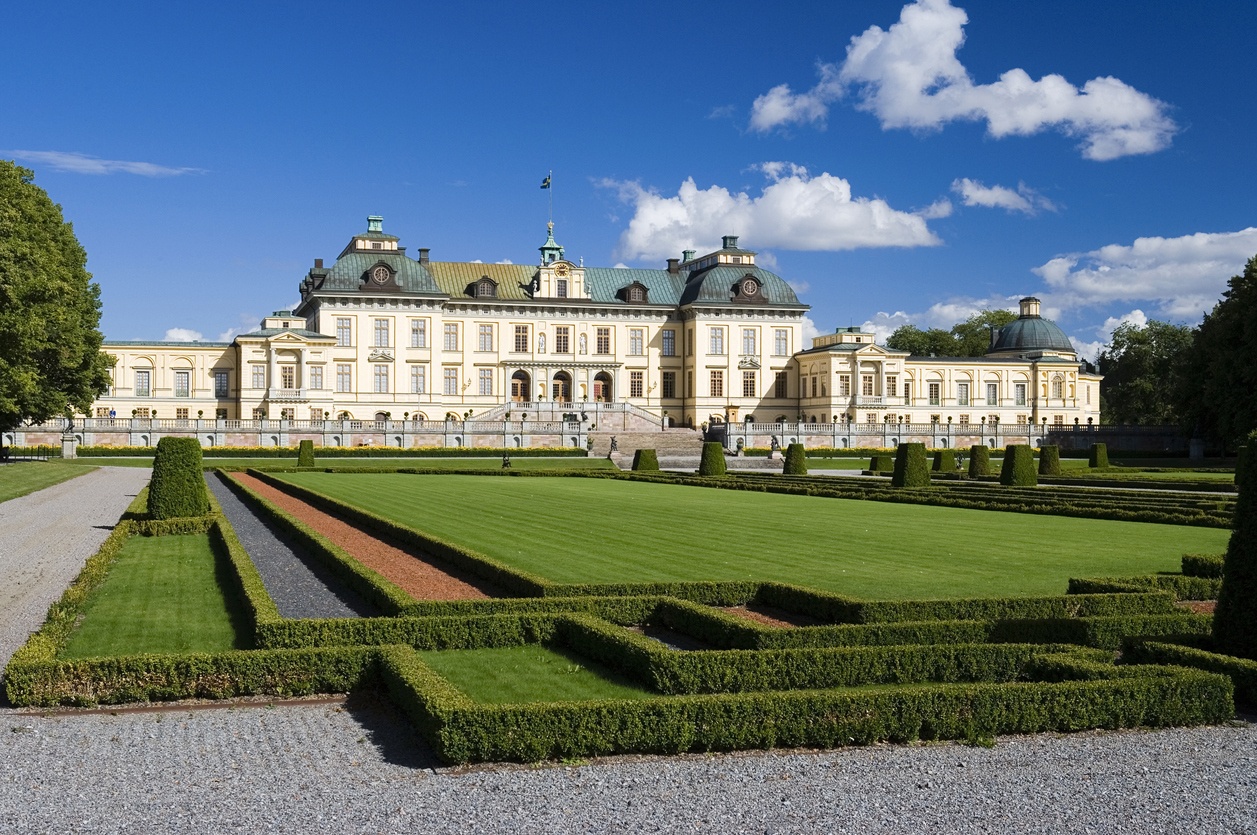
Dominio Real de Drottningholm (Sweden)
The Royal Domain of Drottningholm stands on an island in Lake Mälar, in a suburb of Stockholm. With its castle, its perfectly preserved theater (built in 1766), its Chinese pavilion and its gardens, it is the best example of an 18th century North European royal residence inspired by the Palace of Versailles.
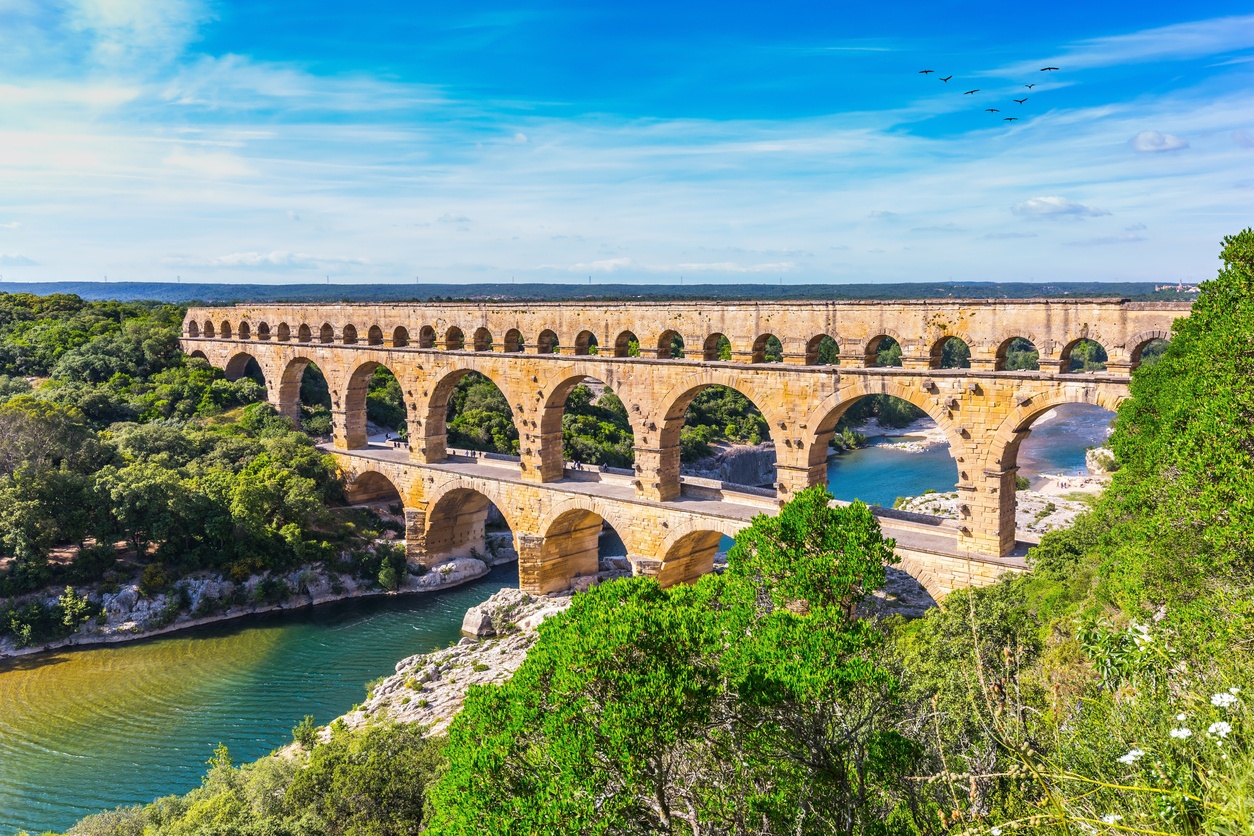
Pont du Gard (Roman aqueduct) (France)
The Pont du Gard was built shortly before the Christian era to allow the Nîmes aqueduct (almost 50 km long) to cross the Gard River. The Roman architects and hydraulic engineers who designed this bridge, which is almost 50 m high and has three levels – the longest is 275 m – created a technical and artistic masterpiece.
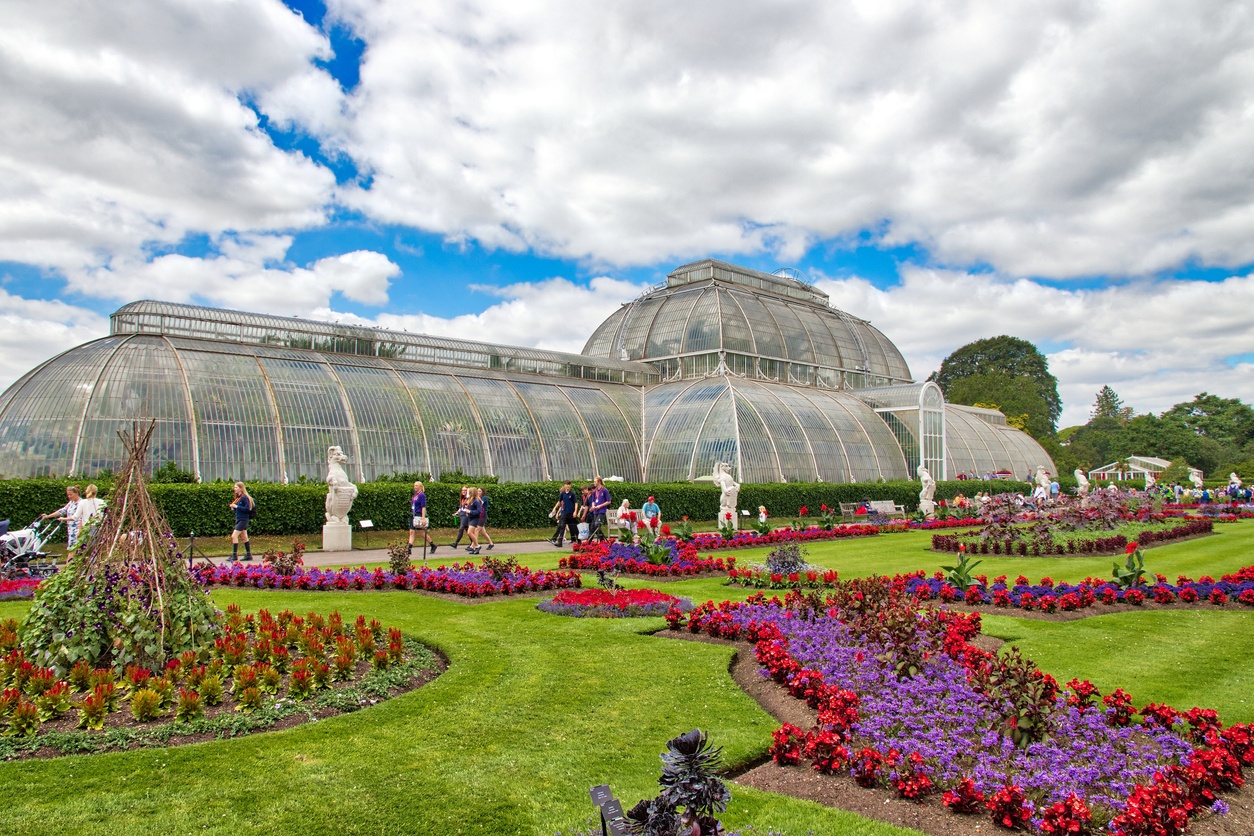
Royal Botanic Gardens, Kew (United Kingdom)
This historic landscape garden features elements illustrating significant periods of garden art from the 18th to the 20th centuries. The gardens house botanical collections (preserved plants, living plants and documents) that have been considerably enriched over the centuries. Since their creation in 1759, the gardens have made a significant and uninterrupted contribution to the study of plant diversity and economic botany.
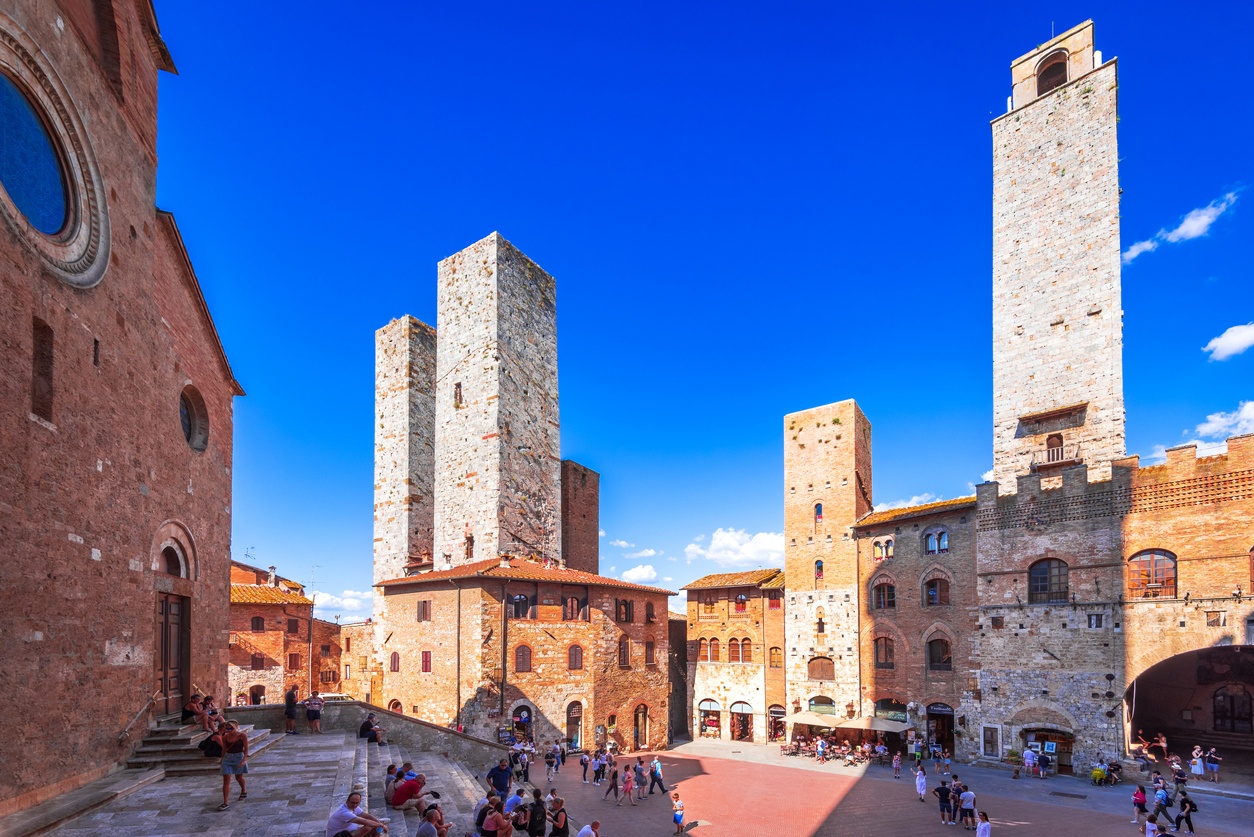
Historic center of San Gimignano (Italy)
San Gimignano delle belle Torri is located in Tuscany, 56 km south of Florence. It was an important relay point for pilgrims traveling to or from Rome along the Via Francigena. The patrician families who controlled the city built about 72 tower-houses (some up to 50 m high) as symbols of their wealth and power. Although only 14 remain, San Gimignano has retained its feudal atmosphere and appearance. The town also boasts several masterpieces of Italian art from the 14th and 15th centuries.
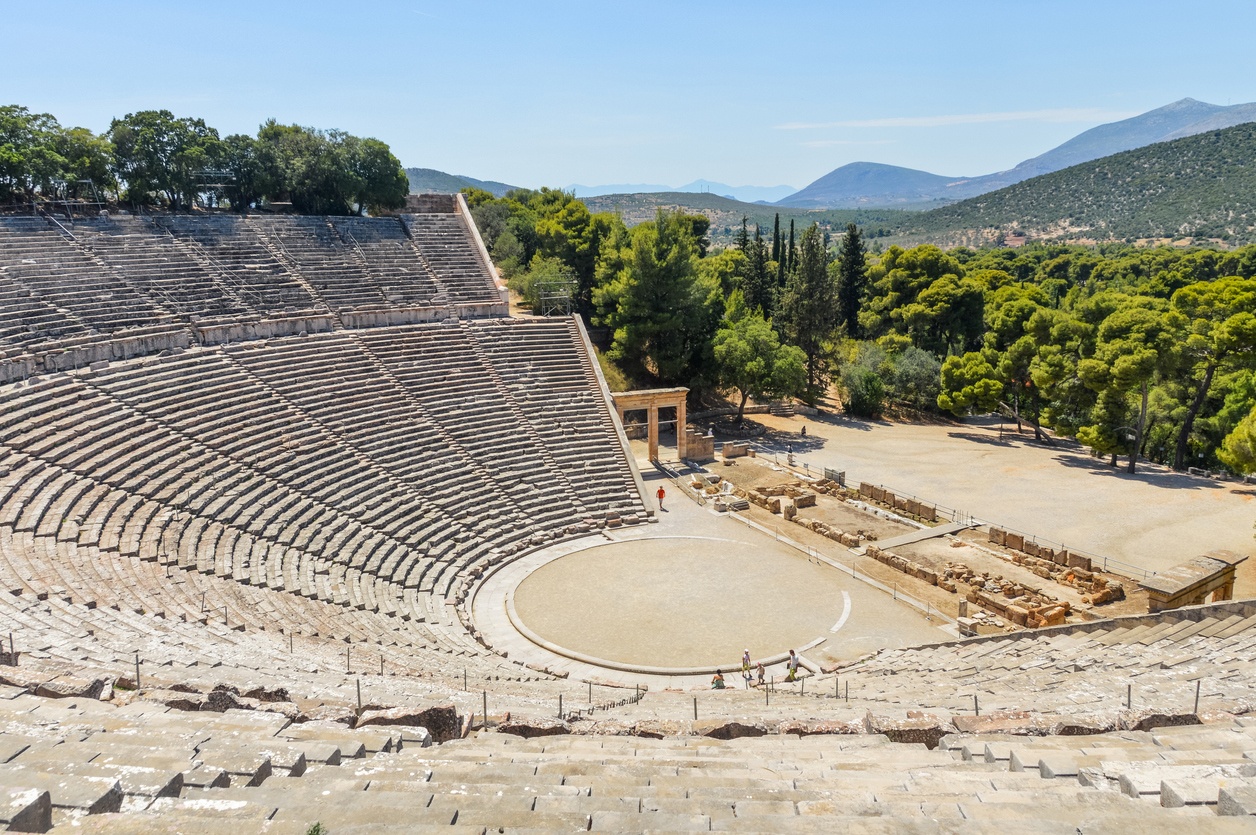
Sanctuary of Asklepios in Epidaurus (Greece)
In a small valley of the Peloponnese, the sanctuary of Asklepios, god of medicine, developed from a much older cult of Apollo (Maleatas), at the latest during the 6th century BC, as the official cult of the city-state of Epidaurus. Its main monuments, in particular the temple of Asklepios, the Tholos and the Theater – considered one of the purest masterpieces of Greek architecture – date back to the 4th century. The vast site, with its temples and hospital buildings dedicated to its healing gods, offers a valuable insight into the healing cults of Greek and Roman times.
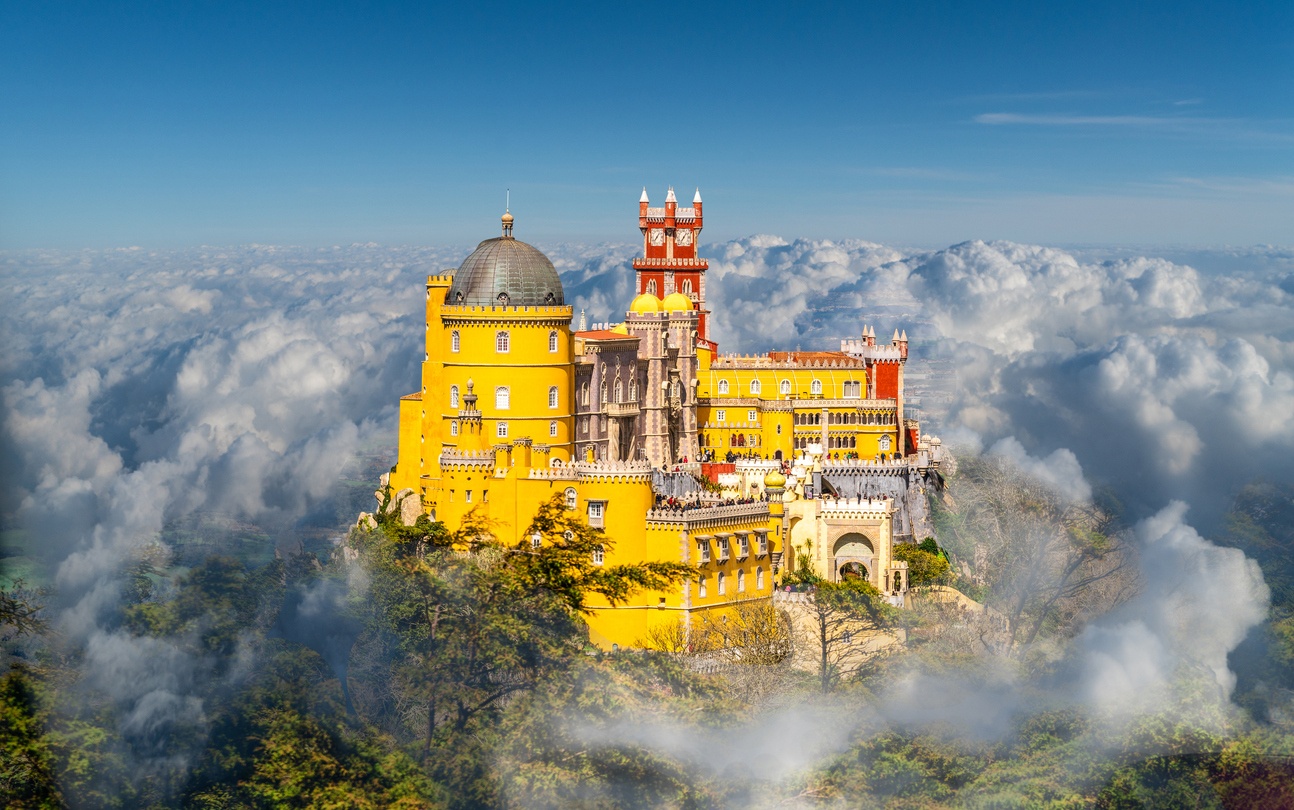
Cultural landscape of Sintra (Portugal)
In the 19th century, Sintra became the first center of European Romantic architecture. Ferdinand II converted a ruined monastery into a castle where this new sensibility manifested itself in the use of Gothic, Egyptian, Moorish and Renaissance elements and in the creation of a park that mixed local and exotic species of trees. Other beautiful homes, built along the same lines in the surrounding sierra, created a unique combination of parks and gardens that influenced the development of landscape architecture throughout Europe.
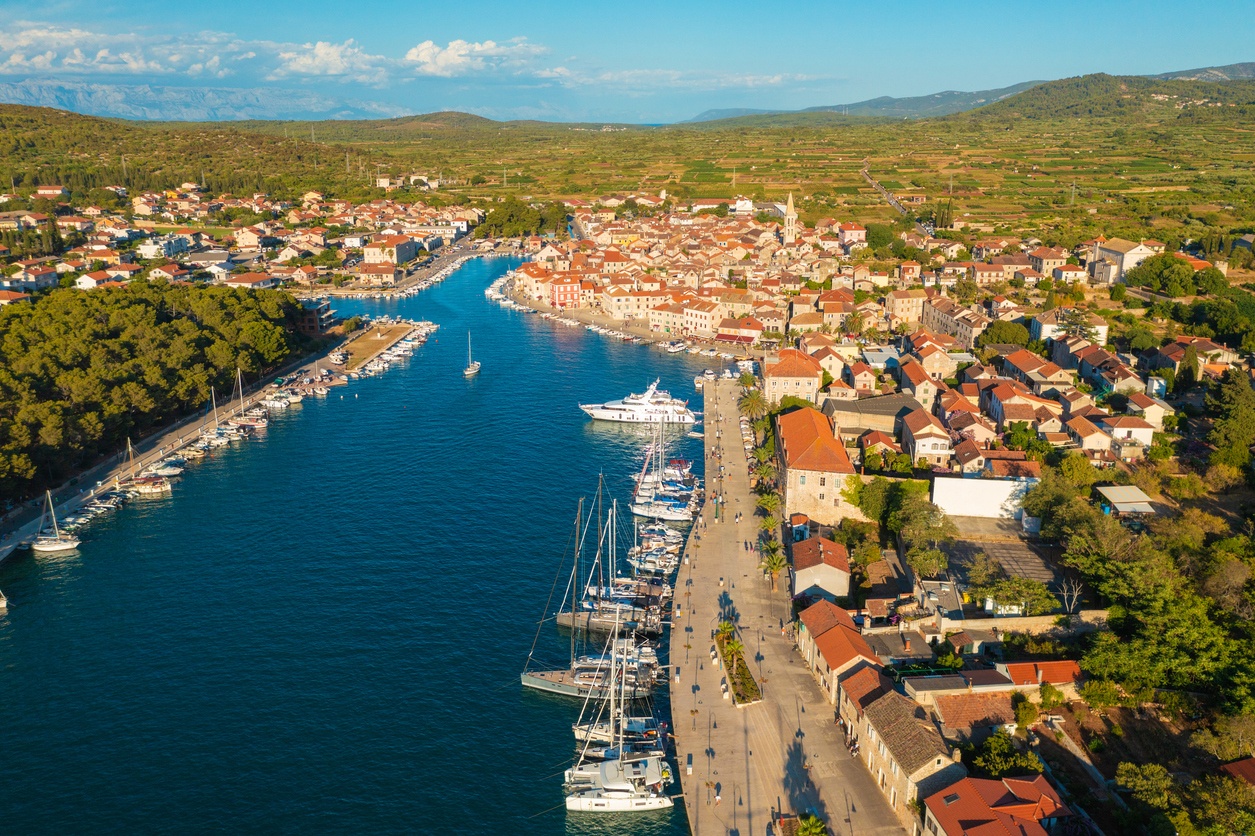
Stari Grad plain (Croacia)
The Stari Grad plain on the Adriatic island of Hvar is a cultural landscape that has remained virtually untouched since it was first settled by Ionian Greeks from Paros in the 4th century BC. The original agricultural activity of this fertile plain, centered mainly on vines and olives, has been maintained from Greek times to the present day. The site is also a nature reserve. The landscape features ancient stone walls and copings, or small stone shelters, and bears witness to the ancient geometric system of land division used by the ancient Greeks, the chora, which has remained virtually intact over 24 centuries.
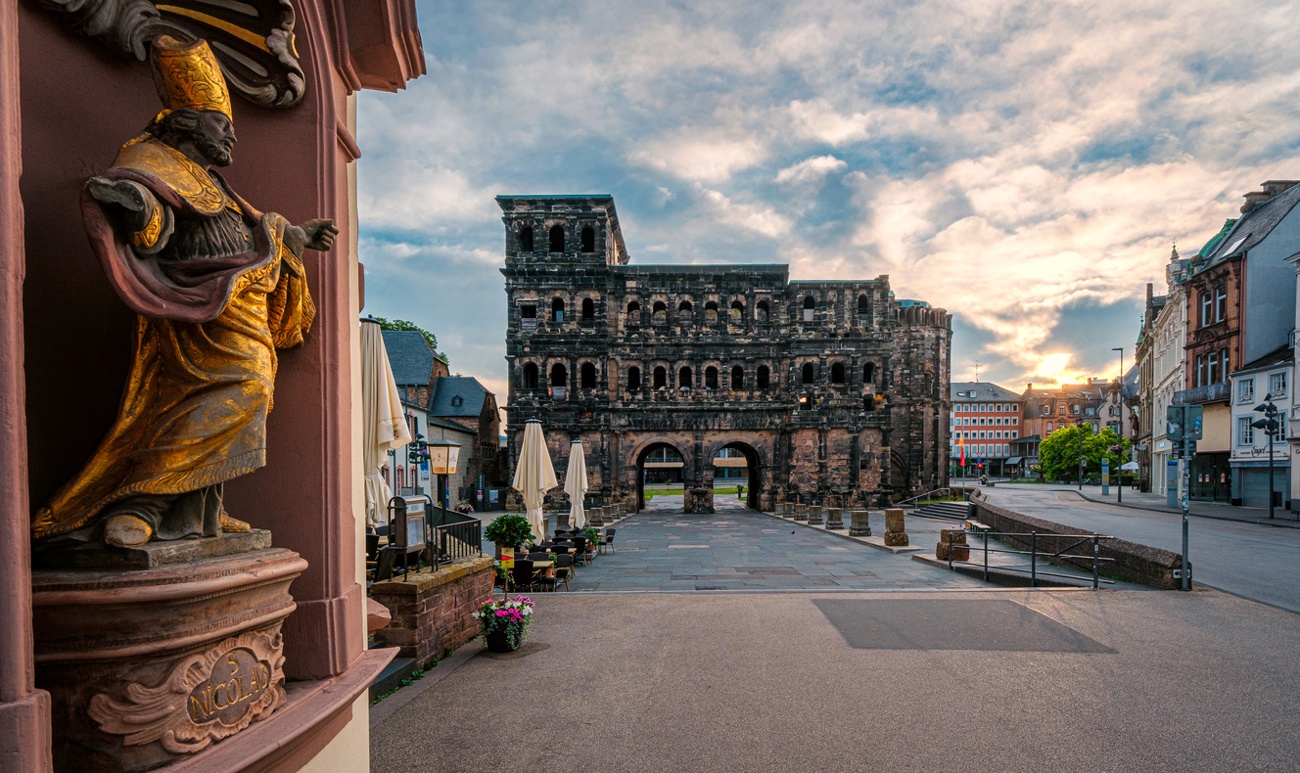
Roman monuments, St. Peter’s Cathedral and the Church of Our Lady in Trier (Germany)
Trier, located on the banks of the Moselle River, was a Roman colony from the 1st century AD and, from the following century, a major commercial center. It became one of the capitals of the Tetrarchy at the end of the 3rd century, when it was known as the «second Rome». The number and quality of the preserved monuments are an exceptional testimony of Roman civilization.
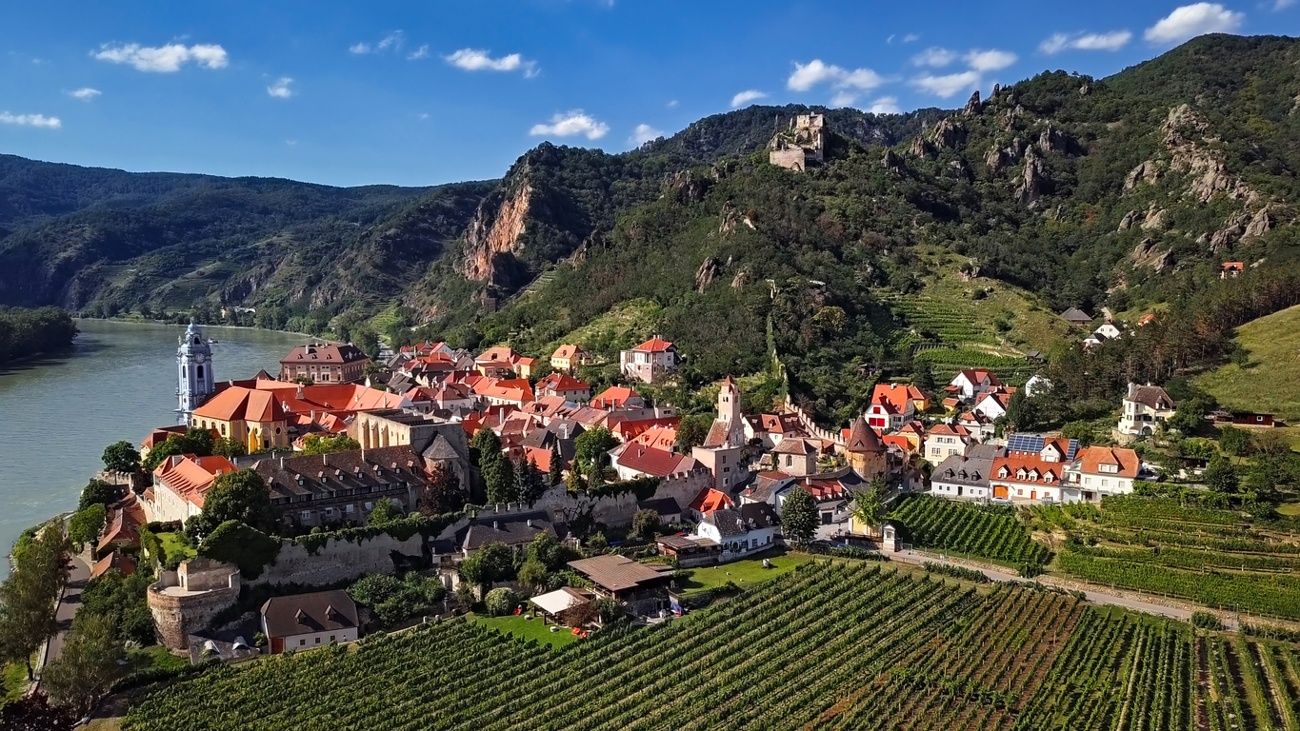
Wachau Cultural Landscape (Austria)
The Wachau is a stretch of the Danube valley between Melk and Krems, a landscape of great visual quality. It preserves intact and visible numerous traces – in terms of architecture, (monasteries, castles, ruins), urbanism, (towns and villages), and agricultural use, mainly for the cultivation of vines – of its evolution since prehistoric times.
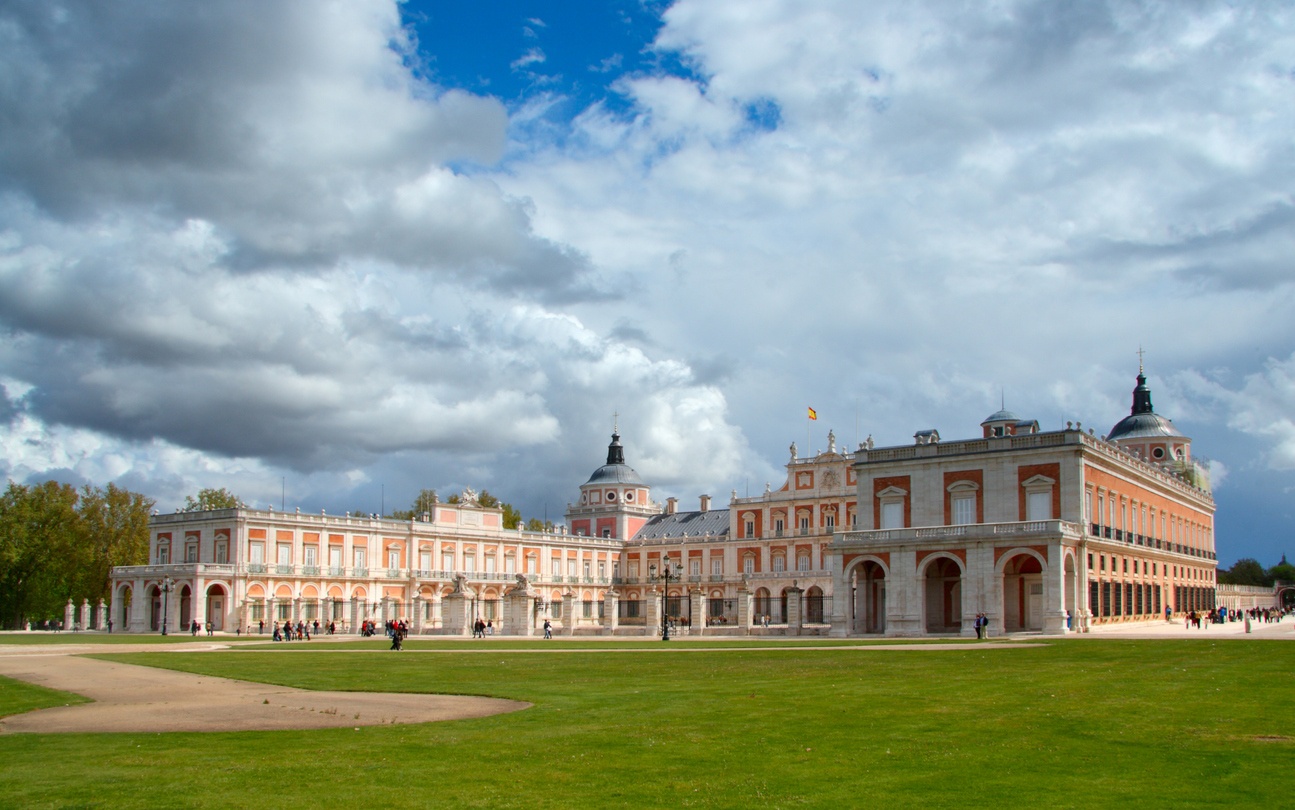
Cultural Landscape of Aranjuez (Spain)
The cultural landscape of Aranjuez is an entity of complex relationships: between nature and human activity, between winding waterways and geometric landscaping, between the rural and the urban, between the forested landscape and the delicately modulated architecture of its palatial buildings. Three hundred years of real attention to the development and care of this landscape have seen it express an evolution of concepts ranging from humanism and political centralization, through features such as those found in its 18th century French-style baroque garden, to the urban lifestyle that developed along with the sciences of plant acclimatization and animal husbandry during the Age of Enlightenment.
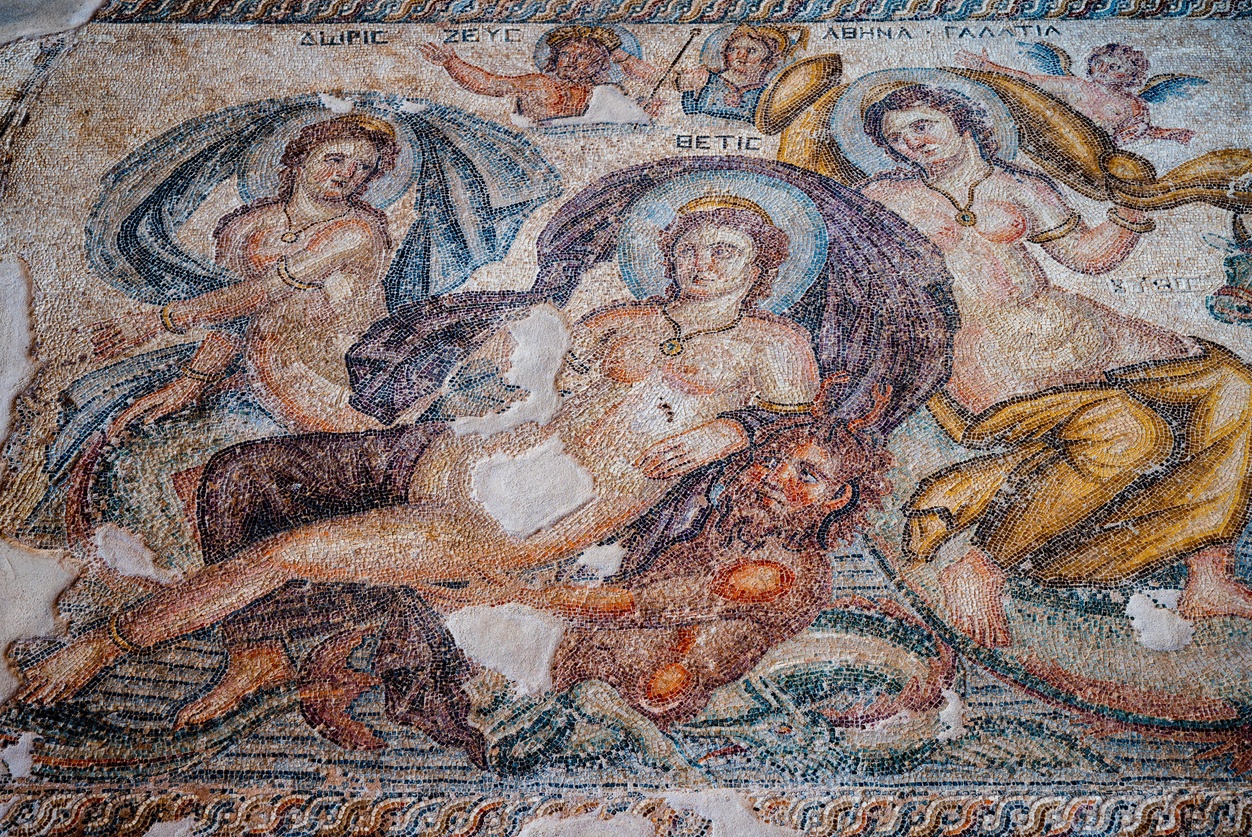
Paphos (Cyprus)
Paphos has been inhabited since Neolithic times. It was the center of the cult of Aphrodite and pre-Hellenic fertility deities. The legendary birthplace of Aphrodite was on this island, where the Mycenaeans erected her temple in the 12th century BC. The remains of villas, palaces, theaters, fortresses and tombs give the site an exceptional architectural and historical value. The mosaics of Nea Paphos are among the most beautiful in the world.
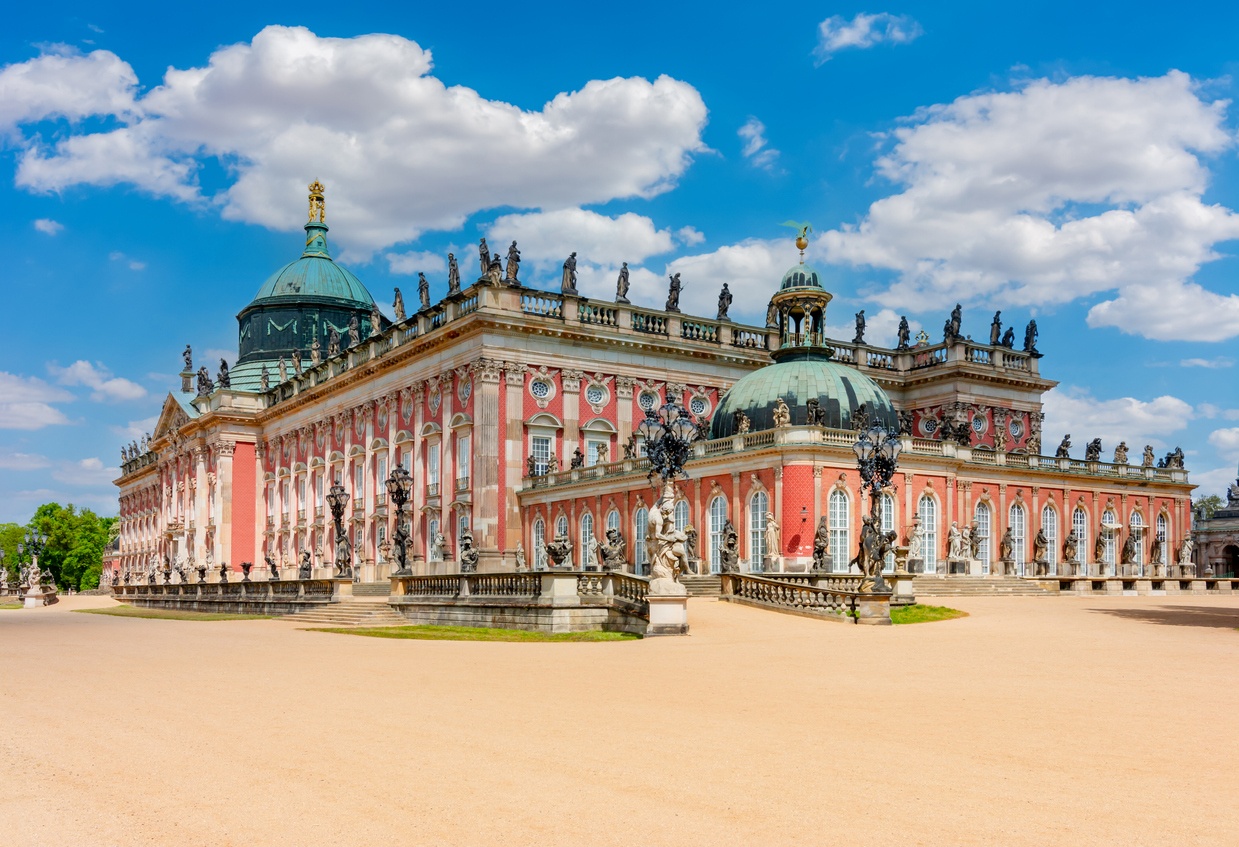
Historic Center of Vilna (Lithuania)
The political center of the Grand Duchy of Lithuania from the 13th century to the end of the 18th century, Vilnius has had a profound influence on the cultural and architectural development of much of Eastern Europe. Despite invasions and partial destruction, it has retained an impressive ensemble of Gothic, Renaissance, Baroque and Classical buildings, as well as its medieval layout and natural surroundings.
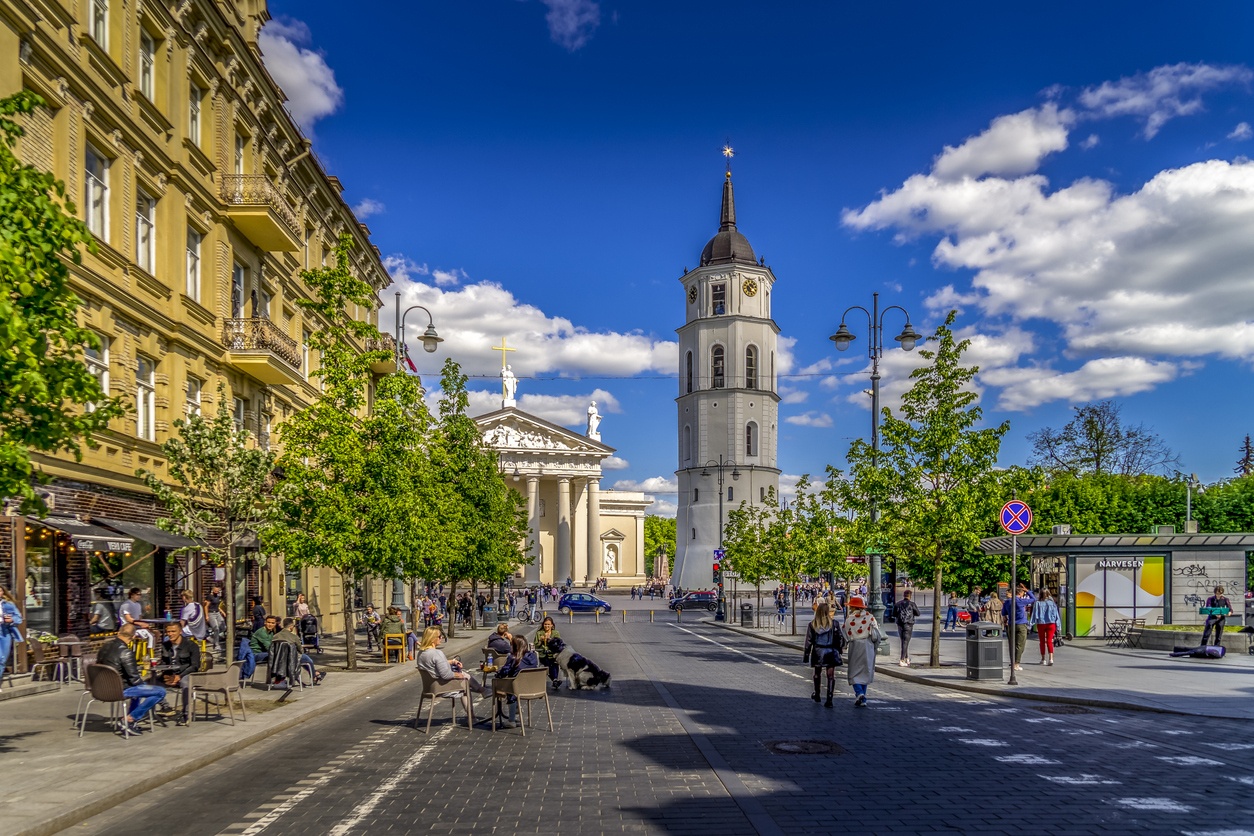
Cultural landscape of Lednice-Valtice (Czech Republic)
Between the 17th and 20th centuries, the ruling dukes of Liechtenstein transformed their southern Moravian domains into an astonishing landscape. Baroque architecture (mainly the work of Johann Bernhard Fischer von Erlach) and the classical and neo-Gothic style of the castles of Lednice and Valtice were combined with a landscape designed according to English Romantic principles of landscape architecture. At 200 km2, it is one of the largest man-made landscapes in Europe.






